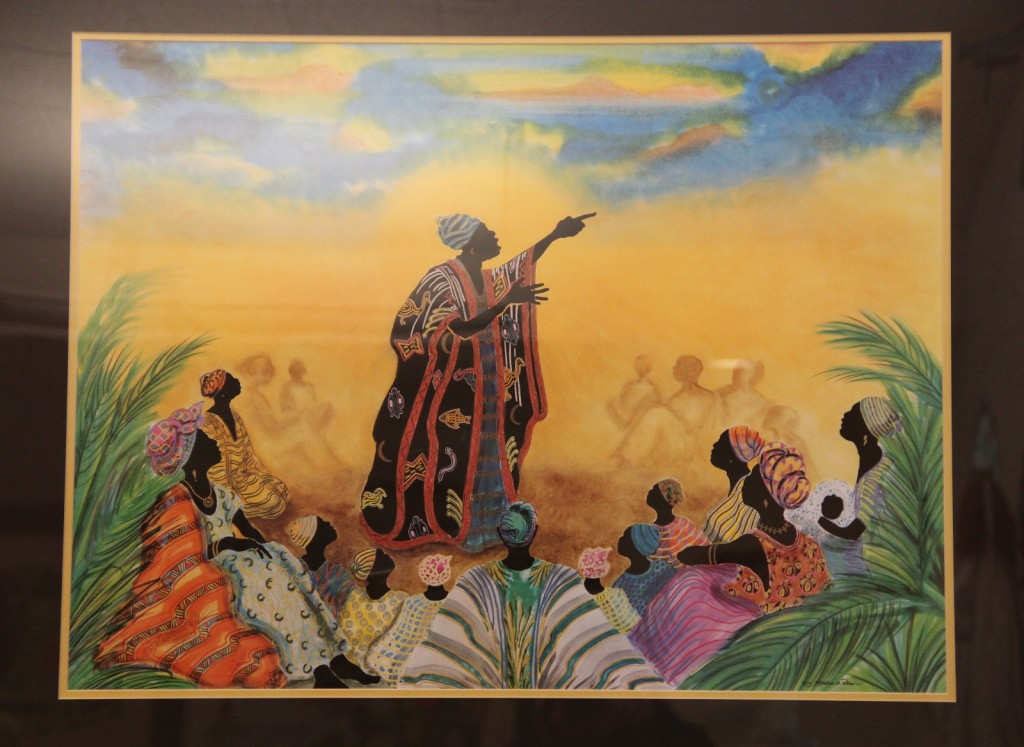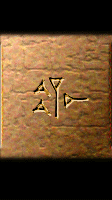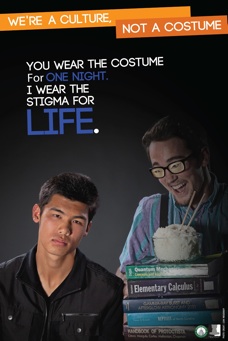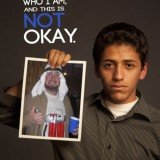I have done several posts about the book
Winter's Bone and promised that after the due date for my final paper on the book had passed that I would post my literary analysis as written for my English class, so here it is!
A
Bone to Pick
Winter’s Bone by Daniel Woodrell is a complex story that delves into the world
of small town methamphetamine use and gives the reader a view from inside the
situation. Through the story of Ree Dolly, readers learn about Woodrell’s
own life growing up in the Ozarks. Woodrell paints a picture of the
situation through the eyes of someone who is fighting to survive in that world,
and who is deeply affected by methamphetamine, but who is not a user.
This tale of survival may be a fictional one, but the themes included in
the book relate deeply to Woodrell's experience, and to the very real epidemic
of small town meth use.
In an interview printed in the back of the 2007 edition of Winter’s Bone, Woodrell discusses
inspiration for the novel. Not only did
he grow up in the small towns of the Ozarks where the book is set, but he had
firsthand experience seeing neighbors dealing with the effects of
methamphetamine addiction. He notes that
“being a good student didn’t enhance ones standing” (Woodrell 4). The world he describes both in this
discussion of his own experiences, and throughout the book is one where
industry is lauded, but where the emphasis has turned from education and
productivity to meth.
Methamphetamine
affects everyone in a community where it is prevalent, and not just those who
are users. In a New York Times article,
“Meth Building Its Hell’s Kitchen in Rural America” columnist
Timothy Egan includes a quote from a Washington sheriff, “It touches every part
of our lives in this county” (Egan, Para. 4).
More than once in the novel, Ree is offered meth by other
characters and continues to turn it down, yet it continues to have a profound
effect on her life. She has been
affected by the drug usage and meth cooking of her father because it has
effectively removed him from her life for a long time, while he served time in
prison, and finally at this point permanently after he turned informant. In Methland,
Nick Reding discusses at length how methamphetamine use in a small town becomes
a community problem, and affects everyone.
Not only are the users affected by the physical effects, but it of
course takes a toll on their relationships, and those who are involved with
them both on a personal and a professional level. Their spouses and children and parents are
secondary victims, and others in the community, including those who represent
the law are negatively affected as tertiary victims.
Cold
that cannot be shaken is a theme of the novel that relates back to Methamphetamine. It is a very strong metaphor not only for the
difficulties that Ree faces as she looks for her father and people give her the
proverbial cold shoulder, but also for the results of meth usage. Meth raises body temperature and can actually
cause hyperthermia (Reding 46). When the
body temperature drops after the drug wears off, it leaves the user feeling
physically cold. This actual cold is
echoed in the bitter cold of the weather throughout the novel. The imagery of Ree trudging through the snow
in her skirt, and the wind flapping it wildly against her chapped legs, is such
an important demonstration of her situation.
When she waits for hours outside of the house for someone to talk to
her, only to be told to leave again, she gets colder and colder. Anyone who has spent a length of time outside
in the cold, knows how it can penetrate, how the cold surrounds and envelops a
person. The resulting cold that is felt
inside is said to be a feeling of being cold to the bone. It is a lingering chill, like the effects of
methamphetamine use, not quickly or easily shaken.
The repetitive use of
names in Winter’s Bone is a very noteworthy
technique. While characters all have
different nicknames that people use and by which the reader knows them, many of
them have the same names. Ree’s father’s
name is Jessup, one of the commonly used names in the family, and area. This has a lot of significance, not only
because of the reasons specified in the book, but because it allows it to be
applied in a much broader sense. When
Ree is trying to keep her mind busy while waiting for people to speak to her
about her needing help, she recites the family names. She reflects that “to have but a few male
names in use was a tactic held over from the olden knacker ways… let any
sheriff or similar nabob try to keep official accounts on the Dolly men”
(Woodrell 61). The repetition of names
in a broader sense is a way to make the reader feel like this could be
anyone. The town in the story could be
any town, the father drawn into methamphetamine cooking, any man. The tragedy could happen to anyone.
Methland
provides perspective on the strength of
the addiction. Reding writes about talking with a man named
Roland Jarvis, who openly acknowledges that he believes his meth addiction has physically
harmed his children, and that it destroyed his marriage. He was also permanently disfigured by the
burning of his meth lab while he was high, yet he can’t quit the drug. The pull of the addiction is so strong that
despite all of this, he still manages to find a way, despite horrifying
physical challenges, to smoke methamphetamine.
This echoes why Jessup Dolly was willing to leave his family the way he
did, and why he was willing to put up the very roof over their heads to get out
of jail and back to his life as an addict and crank cook. The draw is immense, and very well depicted
through Jessup’s desperation.
Understanding that he is meant to represent so many other nameless
addict victims in so many American small towns really makes his end more
poignant.
Part
of why methamphetamine is so pervasive in small towns is because of the slow
death that these places have faced in recent years. When an entire community relies on only one
or two big businesses to employ most of its inhabitants, and then one of those
businesses suddenly closes, or cuts back drastically, the failure of the town
seems the only eventuality. In Winter’s Bone this is reflected in Ree’s
struggles. Although she is only a girl,
she is immersed in a world where there aren’t many jobs apparent, and people
seem to have turned primarily to meth.
This happens in small towns as meth cooking can be lucrative even when,
and perhaps especially, when other work opportunities slump. Surviving is what people must do, and meth is
the way for some. In small town America,
methamphetamine has become big business. Those who still have jobs feel like they need
to be the best workers possible to help them keep their jobs. They know that if they can’t perform, there
are ten other people who would gladly take their job. This leads to meth usage because of the way
it stimulates the body and allows people to work for hours without rest. Ree faces similar challenges, fighting
tirelessly in a community where no one seems to notice.
Other
people in the community don’t seem to react much to Ree’s predicament in Winter’s Bone. For the most part, it seems as if others
don’t care what’s going on and that the problems being faced by this young
woman are very real. This is an
excellent comment on the situation of small town methamphetamine use in
America. People don’t want to see that
it’s happening, so they look right past the problem. It is easier to not look at all than to have
to face the truth and want to look away.
Instead
of being a tight knit supportive community, her area has turned inside out, and
people keep to themselves, afraid that their neighbors and kin might
squeal. There is such a pervasive
problem with these people and their meth cooking and usage in the book that the
sheriff can do little about it. When the
sheriff comes to visit Ree’s house in Winter’s
Bone she is very hostile towards him.
This is not unexpected because she is a child, and to her, he is one of
the men responsible for taking her father away from her on and off through her
childhood. Jessup’s history that is
discussed demonstrates what typically happens in small towns where
methamphetamine usage is out of control and prison space is limited. Crank cooks, dealers and users follow a
circular pattern flowing constantly in and out of custody. Since there isn’t enough space to keep them
in prison, and there isn’t funding for treatment, they end up continually
cycling through the system.
One
of the ways the methamphetamine use is demonstrated in the book is in the most
basic way that outsiders can see and understand; the direct physical
repercussions. The extreme effect of
meth that readers might be familiar with from the news, when a lab goes up, is demonstrated when Ree’s
relative takes her to a house that was burned out by a meth fire. He tells her that it is the last place her
dad was seen. The possible death of Ree’s
father in this kind of scenario doesn’t seem to surprise her other than that
she insists that her father was known for “never… cookin’ bad batches”
(Woodrell 75). This really brings home
the feeling of safety that people develop when they are familiar with this type
of life. To Ree, people die in these
types of accidents, but not her father. It
has been long enough since the house burned, as evidenced by weeds growing
inside, that it is impossible that that particular fire killed Jessup, but her
response to the prospect of that end for him is important.
Winter’s Bone
goes further, and not only covers the possibility of death in a meth lab fire,
but also what can happen if meth cooking goes wrong and the cook survives. The disfigurement of Ree’s uncle Teardrop is
described in detail in the book.
Although it doesn’t seem very central to the plot of the story, Woodrell
spends quite a bit of time on this detail.
The purpose of this description is not only to provide the reader a feel
for the character from his physical appearance, but to haunt us with the
effects that meth can have on people.
Despite the fire that melted his face and neck, Teardrop continues to
use methamphetamine. His character
represents the darkest part of methamphetamine, and he is characterized by the
disfigurement and continually uses the description, his “melted side” (Woodrell
110). The description seems a bit
extreme until put into context against a description in Methland of how a similar burn happened to a non-fictitious crank
cook.(Reding 43) This type of
disfigurement from burns sustained during the burning of a meth lab, are very
real. And as demonstrated in Methland, even they are not enough to curb the addiction. (Reding 14) Uncle Teardrop is much more complex than just
being the embodiment of the evil side of meth.
The character is representative of the struggle that all chronic meth
users face. On the one side he has the
physical scars of meth, and on the other side he still looks like himself. He faces addiction, rage, and all the other
evils of his drug usage, yet there is still the side of him that loves his
brother and his niece. His namesake
tattoos are described as “done in jailhouse ink (falling) in a row from the
corner of the eye on his scarred side” (Woodrell 24). Uncle Teardrop the meth addict is forever
crying.
There
remains contention over the use of methamphetamine is small town America. Although meth is known as a blue collar drug,
the idea that it could be so pervasive in the towns that built America is a
difficult reality. We see them
nostalgically, as the foothold of the American dream of hard work being the
makings of success. Winter’s Bone illustrates what is happening in these towns, and
demonstrates for the reader not simply how widespread the epidemic is, but how
it is affecting whole communities, not just users. On the surface, Winter’s Bone is the story of Ree Dolly who is struggling to find
her father to save her house and provide for her younger brothers and disabled
mother. But when we go deeper, it is
really a story of methamphetamine, how strong its pull is, and how it is
destroying people and lives in small town America.
Works
Cited
Egan, Timothy.” Meth Building Its Hell’s Kitchen in Rural America.”
The New York Times,
Reding, Nick. Methland. New York: Bloomsbury, 2009. Print.
Woodrell, Daniel. Winter's Bone. New York: Back Bay
Books, 2006. Print.
































